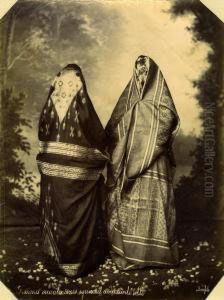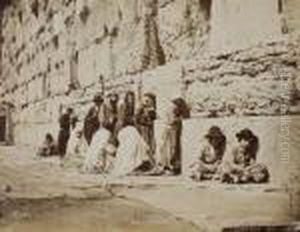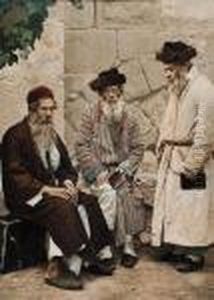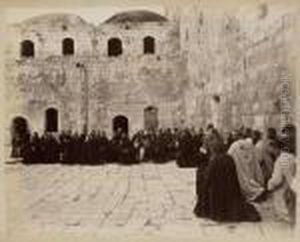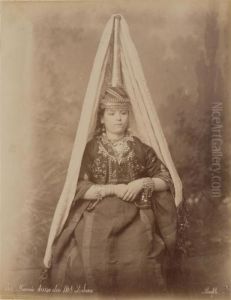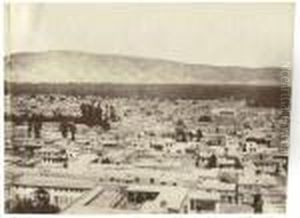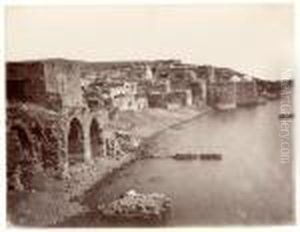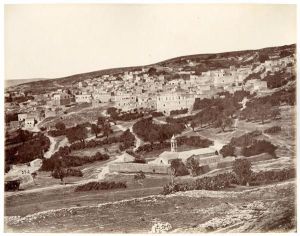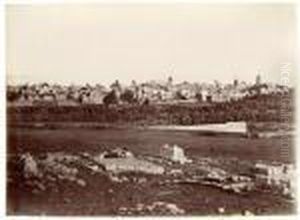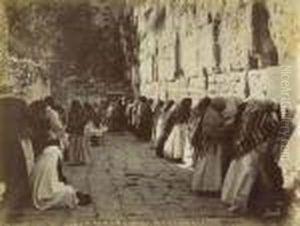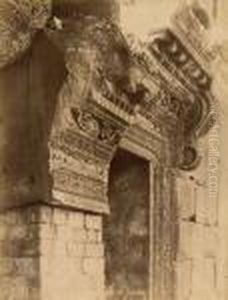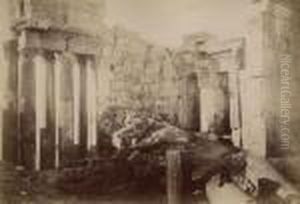Felix Bonfils Paintings
Felix Bonfils was a French photographer and writer, born in 1831 in Saint-Hippolyte-du-Fort, France, and died in 1885 in Alès, France. He is best known for his extensive photographic documentation of the architecture, landscapes, and people of the Eastern Mediterranean region, making a significant contribution to the field of 19th-century photography and orientalism. Bonfils moved to the Middle East in the late 1860s, initially settling in Beirut, Lebanon, where he established a photographic studio named 'Maison Bonfils'.
Bonfils' work was pioneering in the way it captured the essence of the Middle East during a period of significant change. He, along with his family, produced thousands of images, which included photographs of Egypt, Palestine, Syria, Greece, and Turkey. These images were widely distributed in Europe and North America, serving as a window to the exotic landscapes and cultures of the East for the Western audience. His photographs were often produced as albumen prints, a popular medium at the time, and were sold individually or compiled into albums.
Besides landscapes and architectural photography, Bonfils also captured portraits of local people, presenting a wide range of social types and occupations, which added a human dimension to his depiction of the Eastern Mediterranean. His work is characterized by its meticulous composition, clarity, and attention to detail, traits that made his photographs highly sought after by European and American buyers.
The Bonfils family's contribution to photography extended beyond Felix's work. His wife, Lydie Bonfils, and his son, Adrien Bonfils, were also involved in the photographic business, making it a family enterprise. After Felix Bonfils' death in 1885, the studio continued to operate under the management of his wife and son, further cementing the Bonfils name in the history of photography.
Today, Felix Bonfils' photographs are held in high regard and are part of numerous museum collections around the world, including the Getty Museum, the Metropolitan Museum of Art, and the Musée d'Orsay. They serve not only as beautiful artworks but also as invaluable historical documents that offer insight into the cultural and architectural heritage of the Middle East in the late 19th century.
